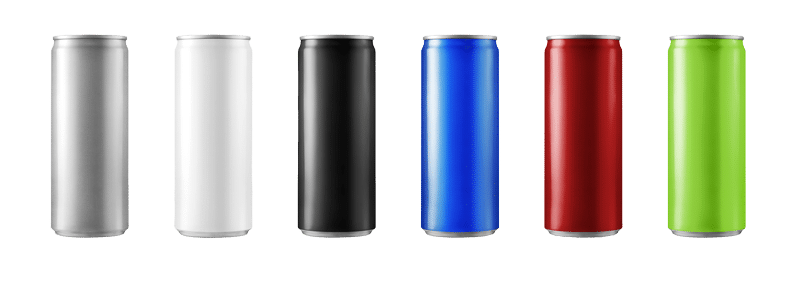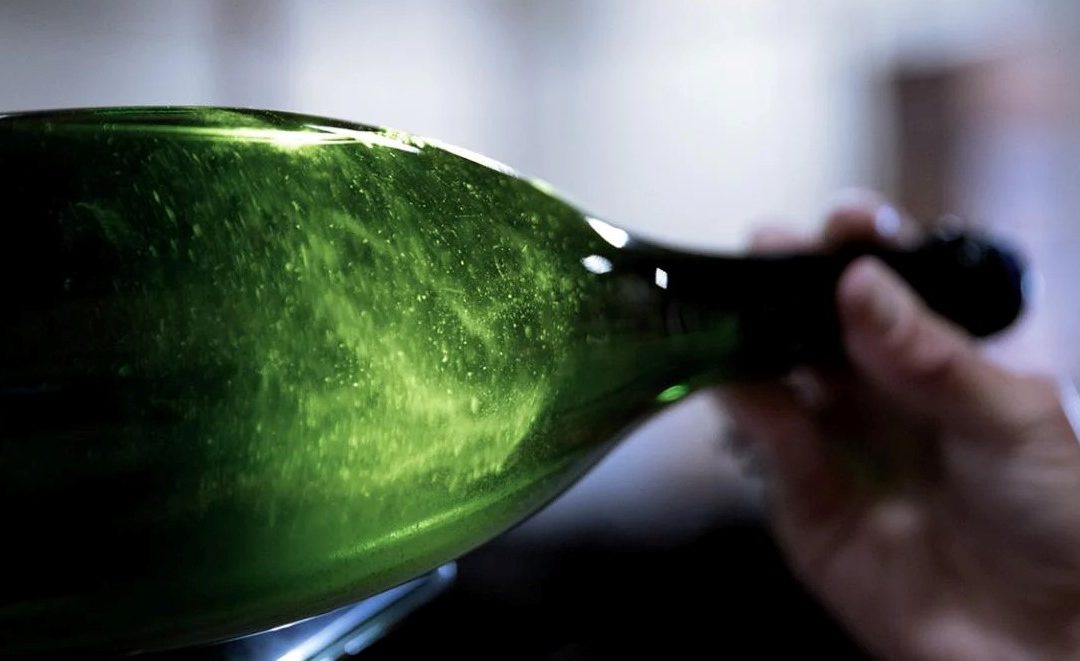Bottle Conditioning
The original way to get bubbles into your brews, bottle conditioning involves adding a small amount of sugar and yeast to your brew of choice before bottling and capping it. The yeast consume the sugar, producing a bit more alcohol, but also producing carbon dioxide that gets trapped in solution. Bottle conditioned drinks have contain a fine sediment, or lees, from the aging process. The lees are harmless, they taste like yeast, but they are very delicious!
Pressure: 1.5-2.5bar
Charmat, or Cuve-Close, Method
The Charmat method sees the refermentation and carbonation occur in a sealed pressure tank rather than in bottle. The base wine is added to a large, sealed tank with sugar and yeast, and allowed to ferment before the desired carbonation level is reached. The wine is then filtered and bottled under pressure to preserve the carbonation. Charmat sparkling wines have seen an increase in popularity in recent years for being both affordable and approachable.
Pressure: 3-5bar
Traditional, Champagne Method
There are many names for this method of producing sparkling wine; the Champagne method, traditional method, or méthode Champenoise are all correct in describing what is, in essence, a highly carbonated bottle conditioned sparkling wine. The method was perfected in 17th Century France by Dom Pérignon, a Benedictine monk, and sees sugar and yeast added to the wine, bottled and aged for at least 1yr on lees before being riddled and disgorged to remove sediment.
Pressure: over 6bar
Throughout his experience in the industry, founder and sparkling beverage master, Ramsey Khairallah, has always been drawn to interesting, complex, and distinct beverage styles. Whether it be apples, grapes, or honey, Ramsey’s unique approach creates the imaginative products that we wish to showcase with The Old Tun.


